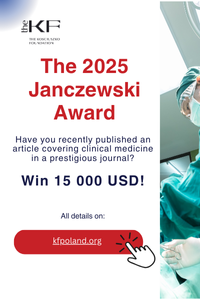Presentation of extramedullary myeloma manifestations on B-mode (B-US) and contrast-enhanced ultrasound (CEUS)
Corinna Trenker1, Christian Görg2, Andreas Burchert1, Christina C. Westhoff3, Ehsan Safai Zadeh4, Christoph F. Dietrich5, Hajo Findeisen6, Christoph Mann1
 Affiliation and address for correspondence
Affiliation and address for correspondenceAim: In patients with multiple myeloma, extramedullary myeloma manifestations can occur alongside bone marrow infiltration and osseous involvement. The aim of this study was to describe extramedullary myeloma manifestations using B-mode ultrasound and contrast-enhanced ultrasound. Material and methods: Between February 2006 and 2021, a total of 21 patients with multiple myeloma and histologically or clinically proven extramedullary myeloma manifestations (n = 24) were included. All patients underwent B-mode ultrasound and contrast-enhanced ultrasound of extramedullary myeloma manifestations. B-mode ultrasound patterns of location, size border characteristics, and echogenicity (hypoechoic/isoechoic or hyperechoic) as well as contrast-enhanced ultrasound enhancement (hyper-, iso-, or hypoenhancement) were analyzed. Results: In most cases, extramedullary myeloma manifestations were located in the chest wall (n = 11; 45.8%). In all 24 cases, extramedullary myeloma manifestations were hypoechoic on B-mode ultrasound. N = 16 (66.6%) of extramedullary myeloma manifestations had smooth and n = 8 (33.3%) had irregular borders. The mean lesion size was 5.4 cm. On contrastenhanced ultrasound, extramedullary myeloma manifestations presented arterial hyper- (n = 20; 83.3%) or isoenhancement (n = 4; 16.7%) followed by parenchymal iso- (n = 1; 4.2%) or hypoenhancement (n = 23; 95.8%). In molecular genetic analysis, every patient with reliable FISH results tested positive for at least one aberration considered “high-risk”. Conclusion: Extramedullary myeloma manifestations were typically hypoechoic on B-mode ultrasound. On contrast-enhanced ultrasound, they presented characteristic arterial hyperenhancement followed by parenchymal washout. All patients studied for the genetic risk status were found to be “high-risk”.










